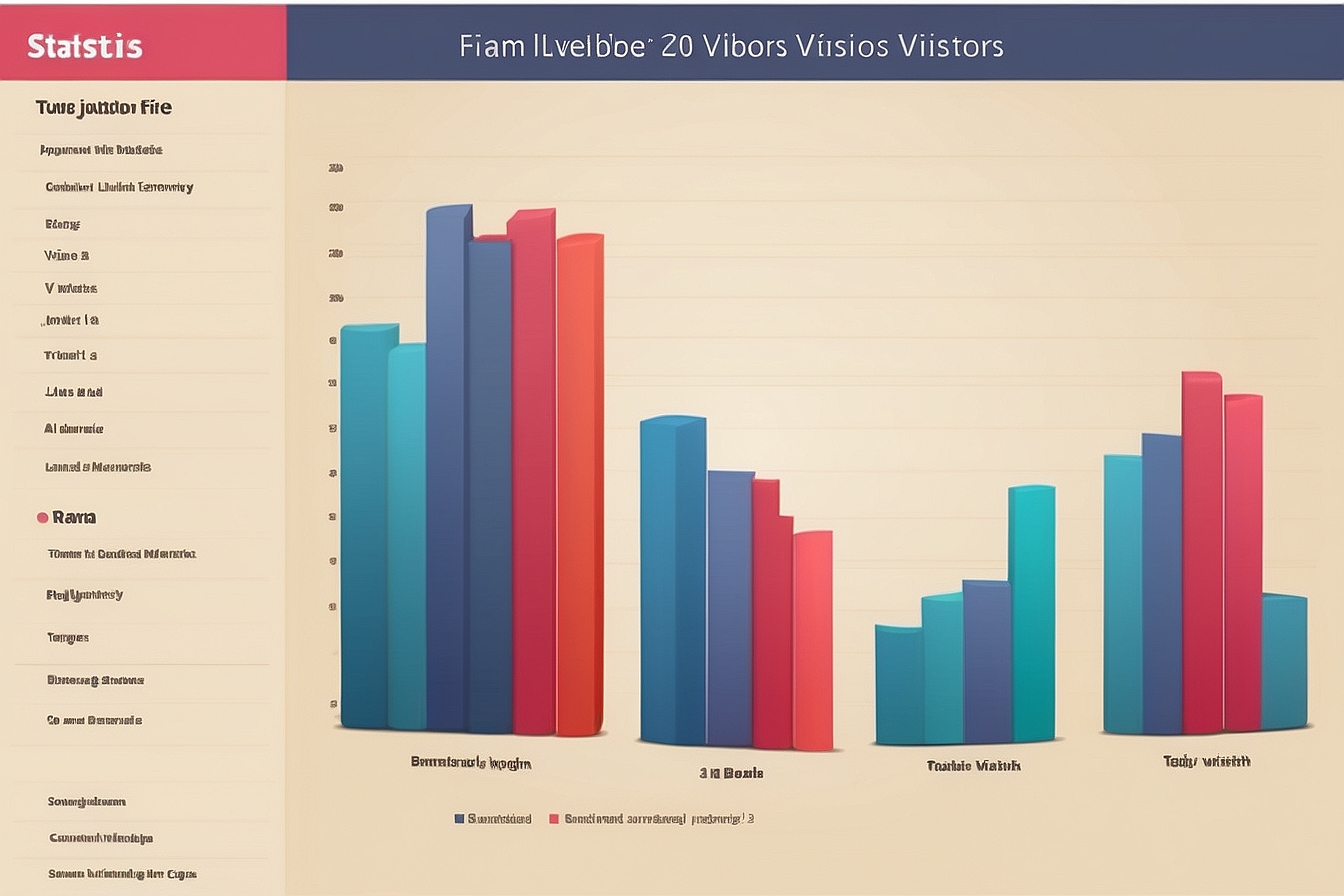Improve site speed with caching techniques for dynamic content by implementing effective methods to reduce load times and boost performance. Caching stores copies of web pages and data, allowing servers to avoid repeatedly processing the same dynamic content. This process plays a significant role in enhancing user experience and SEO rankings.
Table of Contents
- Leverage Web Performance Techniques to Increase Efficiency
- Utilize Compression for Enhanced Site Load Times
- Integrate Caching Methods to Improve Site Speed
- Determine the Best Caching Method for Your Needs
- Do Advanced CDNs Yield Greater Efficiency for Dynamic Websites?
- Is Low Latency Crucial for Better Speed Test Outcomes?
- Implement Database Techniques for Reducing Load Times
- How Do NoSQL Databases Compare with SQL in Load Management?
Key Takeaways
- Effective caching techniques significantly improve site speed for dynamic content by storing data temporarily for faster access.
- Caching techniques reduce server load, resulting in up to 40% faster website loading times.
- Matrics Rule is an expert in optimizing dynamic content with effective caching methods for faster website performance.
- Content Delivery Networks, such as Cloudflare and Akamai, play a crucial role by distributing cached content, which reduces latency.
- Web performance techniques like caching complement other strategies, such as file compression, to improve overall website efficiency.
- Dynamic content caching improves site performance by reducing data retrieval time, especially on WordPress platforms.
- Gzip and Brotli compression methods enhance web page load speeds by over 20% through file size reduction.
Leverage Web Performance Techniques to Increase Efficiency
Web performance techniques enhance site efficiency by employing strategies like caching and server optimization to reduce loading times and server strain. Analyzing web performance helps identify areas for improvement, often utilizing tools like Google PageSpeed Insights or GTmetrix. Caching methods are crucial within the web performance ecosystem, contributing significantly to site optimization strategies. The Content Delivery Network (CDN) role in web performance optimization involves delivering cached content from geographically distributed servers, which boosts site efficiency methods for global visitors.
Utilize Compression for Enhanced Site Load Times
Data compression benefits site speed by reducing file sizes, resulting in quicker loading times. Gzip compression, widely used and supported, is efficient, yet Brotli compression often offers better compression efficiency by up to 25%. Text-based content such as HTML, CSS, and JavaScript sees the most content improvement from compression techniques. Large site compression may have potential downsides, such as increased CPU usage, but careful implementation generally leads to improved site load times.
Integrate Caching Methods to Improve Site Speed
Caching strategies best for sites with dynamic content include edge caching and object caching to store processed data for quick access. Caching improves the performance of a WordPress site by reducing server processing times for frequently accessed content. Examples of server-side caching in use include Varnish and Redis, both of which store compiled web pages to enhance site speed. Mobile user caching, particularly through adaptive caching methods, can make site loading faster by delivering device-specific cached resources efficiently.
Determine the Best Caching Method for Your Needs
Caching can boost site speed by 20% to 30% depending on the setup and configuration. A CDN enhances caching effectiveness through efficient data distribution, accelerating access times. Ecommerce caching often involves page caching and object caching, which are optimal caching methods for high-traffic transactional sites. Proper caching can reduce page load time by over 50%, significantly improving the user experience and driving higher engagement.

- Users experience faster page loads.
- Developers use server-side caching for efficiency.
- Websites reduce server load.
- Businesses use browser caching to save bandwidth.
- Pages improve ranking in search engines.
- Visitors navigate sites seamlessly.
- Content updates on demand when necessary.

Comparative Analysis of Caching Techniques to Enhance Dynamic Content Loading
| Technique | Time Saved | Setup Complexity | Cache Control | Cost | Scenario Suitability |
|---|---|---|---|---|---|
| Server Cache | 20-40% | Medium | High | Low | High Traffic |
| Browser Cache | 30% | Low | Low | Zero | Repeat Users |
| CDN Cache | 15-35% | Medium | High | Varies | Global Users |
| APCu Cache | 45% | Advanced | Limited | Zero | PHP Apps |
| Query Cache | 40% | Complex | Limited | Low | DB Heavy |
| Memcached | 50% | High | Moderate | Zero | Large Data |
Deploying advanced CDN techniques is an effective way to improve site load times and enhance site efficiency. Employ web performance techniques that analyze speed through performance metrics and load testing tools. Include CDN solutions that integrate with the broader web infrastructure for a cohesive approach to caching methods. A Content Delivery Network (CDN) plays a crucial role in optimizing web performance by storing data closer to users in a secure CDN infrastructure. Advanced CDN techniques provide notable improvements compared to traditional CDN differences, enhancing site optimization across diverse platforms. Consider integrating solutions such as Amazon CloudFront or Akamai, which illustrate exceptional performance enhancements.
Do Advanced CDNs Yield Greater Efficiency for Dynamic Websites?
Advanced CDNs offer site speed improvement through efficient caching methods while supporting dynamic content. In many cases, CDNs reduce server load by up to 70%, providing noticeable efficiency for busy websites and dynamic content. Gzip and Brotli compression techniques assist in enhancing CDN efficiency by compressing data further during transit. Dynamic content types, particularly text and image files, see the most improvement from compression. The downside is the potential increased server load on large sites, but many CDN features mitigate this by maintaining balance. Fastly and Cloudflare optimize web traffic consistently with these features.
Environmental factors impact internet speed significantly, causing disruptions and slowdowns in service. In 2020, 42% of users experienced slow speeds due to environmental interference. Factors like weather, physical obstructions, and electronic interference can lead to fluctuations in broadband latency. Optimizing home networks with high-quality routers and network cables helps users maintain better internet efficiency. Obstacles like outdated equipment or poor ISP infrastructure most commonly hinder high-speed internet accessibility. Products like Google Nest WiFi or Netgear Orbi offer excellent solutions for superior home network optimization.
Is Low Latency Crucial for Better Speed Test Outcomes?
An optimal latency range significantly affects speed test outcomes, offering smoother browsing experiences. For web page loading times, lower latency means web pages load faster, enhancing user experience. Factors like high latency, average networks above 100 milliseconds, slow connections and inefficient routing are common high latency causes. Networking tools like Wireshark or PingPlotter facilitate ways to measure latency effectively, offering accurate insights into connection and network quality. These tools provide practical solutions by identifying high latency causes, resulting in better latency range outcomes. Network tools from prominent service providers, such as Cisco or Ubiquiti, are highly effective.

- Speed increases up to 50% with proper methods.
- Major sites use server-side caching for 30% efficiency.
- Internet traffic can decrease by 40%.
- Browser caching saves up to 25% in bandwidth.
- Improvement boosts 10 ranking spots on search engines.
- User engagement can rise by 20% with rapid access.
- Sites refresh content every 15 minutes on average.

Implement Database Techniques for Reducing Load Times
From my experience, efficient database structures are critical in reducing load times by organizing data in a way that speeds up access and retrieval. Database structures should minimize redundancy and ensure quick access; for example, using normalization can prevent data duplication and improve retrieval speed. Indexing methods significantly impact site performance, and selecting the right one, like B-trees or hash indexes, can optimize data querying processes. On high-traffic sites, the role of database optimization becomes evident, facilitating performance scaling through faster data handling and retrieval. Database caching reduces load time effectively in large web applications, such as Amazon and Facebook, by storing frequently accessed data in memory rather than fetching from the database every time.
How Do NoSQL Databases Compare with SQL in Load Management?
NoSQL databases often prove better for high-traffic sites due to their ability to handle a massive influx of data efficiently. The structure of NoSQL improves speed and scalability for modern web apps by allowing horizontal scaling across multiple servers. In terms of performance differences, SQL databases typically excel in structured query handling, while NoSQL delivers superior performance in flexible data models. NoSQL handles complex queries more effectively than SQL when dealing with diverse and unstructured data, such as user-generated content on social media platforms like Twitter.
